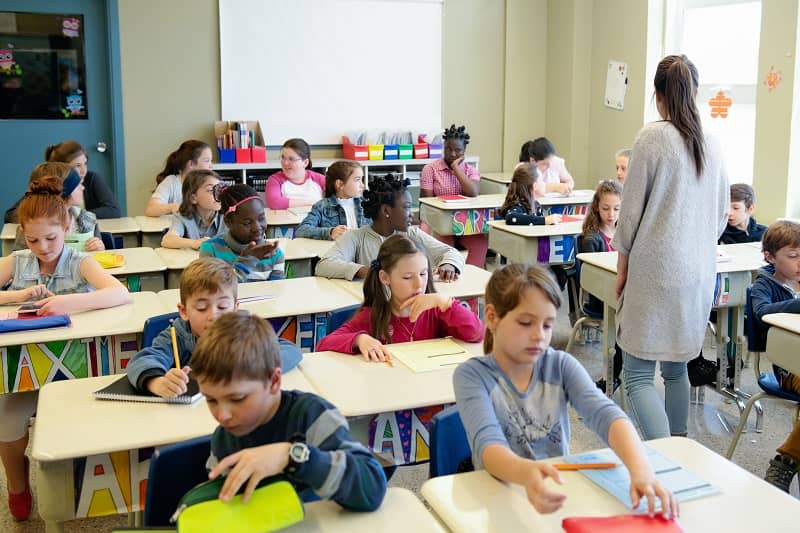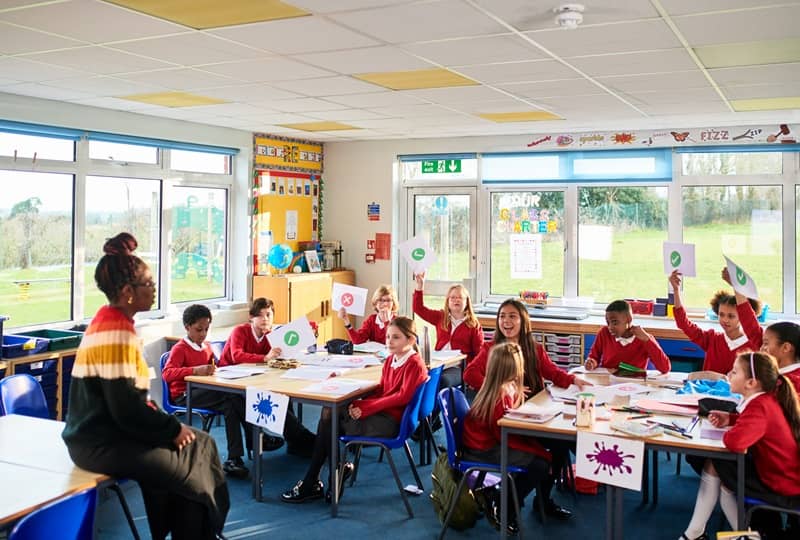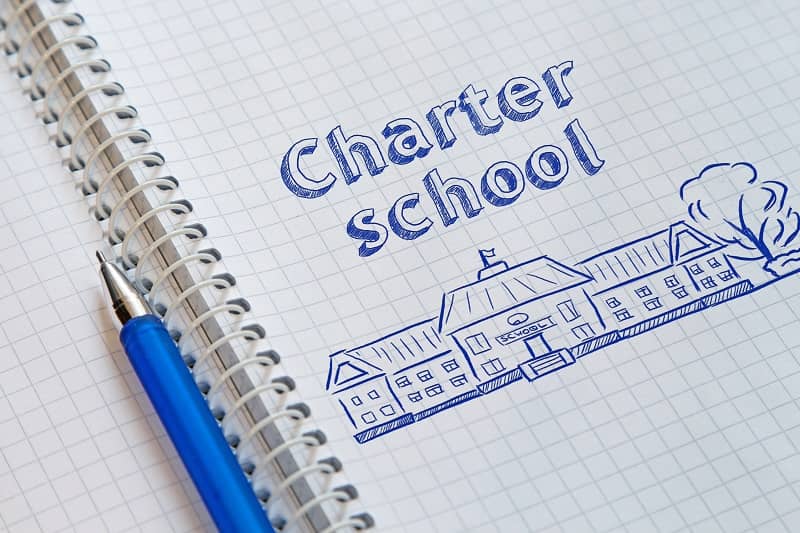

Summary: Corbett High School is one of the top 100 public high schools in the U.S. Responding to parents’ demand, Corbett’s superintendent opened a charter school so students can attend Corbett’s public school without braving the bureaucracy of the inter-district transfer system.
Do children exist to benefit schools, or do schools exist for the benefit of children? Ideally, schools put children’s interests first. But when politics, power and money are involved, the waters get muddy, as Corbett School District’s recent successes and challenges have revealed.
Corbett School District has one of the top public high schools in the country. According to Newsweek and U.S. News and World Report, Corbett’s high school is one of the top 100 public high schools, and the highest ranked in Oregon, after a series of improvements led by the district’s superintendent, Bob Dunton. Corbett students have unusually high participation and success on Advanced Placement exams, which allow students to earn college credits. The high school does well in arts, including band. The middle school, likewise, is gaining national notice.
With such renown, it is no wonder that parents are clamoring to get their children into the Corbett K-12 system. Many parents drive even 30 miles, across district lines, to give their children the opportunity to attend Corbett’s schools. But with impending budget troubles, neighboring districts recently began to tighten their hold on students and refuse to authorize inter-district transfers. So Corbett’s Superintendent Dunton created a charter school that would operate alongside the district’s K-12 program. This allows students to transfer to Corbett without having to get permission from their home districts. Parents responded with 500 applications for 300 spots.
This angers Corbett’s neighboring school districts, who fear that if enough students leave, they will have to cut programs or employees. Why? Because some funding (around $5,600 per child, slightly more than half of what the average Oregon school spends per child) follows each child to whichever public school he or she attends. With budget troubles, superintendents want to hold onto their students, keeping this money in their districts.
When a student transfers to Corbett, the cost of educating that student transfers also. Holding onto a student for the sake of maintaining a larger staff or program is fruitless. Corbett’s K-12 program has a mere 910 students (and last year only around 700). In contrast, Reynolds High School, in a neighboring district, has about 2,820 students. Even if all 300 of Corbett’s transfers came from Reynolds High School, it is hard to believe that Reynolds would have to cut the quality of its students’ education, when Corbett’s entire K-12 program is still less than one-third the size of Reynolds High School. If size matters at all, perhaps smaller is better!
If neighboring districts are concerned, it appears not to be for students, but rather for district employees. But if the current trend is telling, then reductions in staff at the neighboring districts likely will be offset by hiring in Corbett. So what is the real problem? Is it that local families get to choose a better education for their children? Is it fear of competition among public schools? Instead of complaining and fearing competition, neighboring districts should invite Superintendent Dunton to share his expertise in turning an underwhelming school into one of the best in the nation.











